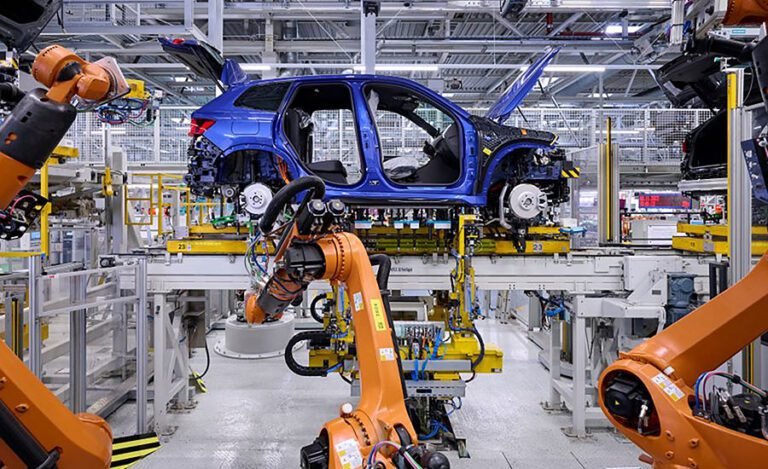Trending Article
Avride Unveils New Four-Wheel Delivery Robot for Urban Environments
This has been a fast-changing world for autonomous delivery. Given the fast-changing landscape of self-delivery, Avride has unrolled its new four-wheel delivery robot. This new robot promises more efficiency and agility, especially in urban areas where the space to maneuver is minimal. Thus, Avride has taken a different approach to correct the mistakes of its predecessor, the six-wheeled. It’s in the process of reinventing last-mile delivery solutions.

Transition from Six Wheels to Four
Transition from a six-wheel model to a four-wheel is a crucial evolution in Avride’s delivery robots. The earlier six-wheel design was stable but came with a number of disadvantages. For one, the drag caused by the wheels resulted in high energy consumption. This made it ineffective in dense urban areas where fast and agile movement is required.
Four-wheeled pivoting-axle design: in this design, the new four-wheel robot has got four axles that turn inward and outward. Turning friction is decreased to as low as a fraction that can make a robot about to make an almost total 180 degrees turn nearly instantly. It is only through such agility that these kinds of robots would be agile enough to turn around from busy streets or corners when making deliveries, hence ideal for urban routes.
Sensors and Smart Hardware Integration
Avride has now installed Nvidia’s Jetson Orin in its robots, which powers their abilities. The latest hardware gives them the computing power to be able to process complex neural networks like those used in driverless cars. With the said technology, the robot will now be able to interpret and process real-time information taken from different sensors, which are lidar and cameras, in order to better navigate.
The new robot features great operational efficiency. Its new design allows for continued operation for as long as 13 hours on a single charge, thus ensuring the robots can run over huge delivery routes without frequent stopping. This is very essential to productivity, especially in urban regions where the demand for deliveries is very high.
Innovations for Ease of Use
Avride’s new robots are not just about functionality; they are also about user experience. One of the most important features is the animated LED front panel, which displays expressions in the eyes. It is a design choice for making the autonomous delivery carts more approachable and related to pedestrians and potential customers. In an environment where human-robot interaction becomes more common, creating a friendly appearance can enhance public acceptance and trust.
Modular Cargo Compartment
The innovation of the cargo compartment is its modularity. This enables the robots to carry many types of cargo, from perishable groceries to large merchandise. There are divisions in the cargo space to enable robots to handle orders of any quantity at any given time. This ability not only gives the operational advantage but will be a tool to help consumers with different needs across an urban city.
Manufacturing and Launch Strategy
These latest robots have already been produced in Taiwan, an important step to take these innovative technologies into the market. Avride is going to unveil the four-wheel delivery robots in the Mueller neighborhood in Austin. This neighborhood has been operating the earlier versions of this company since 2023, delivering orders from restaurants. With such a strategy, Avride gathered critical information on the urban delivery dynamics.
New robots will be used in Avride to allow testing them in real environments. The data and feedback from this phase will enhance their abilities in line with consumers’ and businesses’ expectations.
Future Urban Delivery
Avride’s new four-wheel delivery robot is the latest trend in the broader logistics and delivery sector as companies look to automation as a way to meet growing consumer demands. With urban populations expanding and e-commerce becoming increasingly popular, the call for efficient, reliable, and flexible delivery solutions increases.
This robot introduction repositions Avride as not only the leader in delivery but also underlines room for innovation. By focusing on greater maneuverability and more advanced technology, then easy usability, Avride is creating a new model of what can be achievable with autonomous delivery.












Pingback: Uber & WeRide Have Launched Autonomous Rides In Abu Dhabi